Home>diy>Building & Construction>What Style Of Construction Was Used To Make The Golden Gate Bridge?
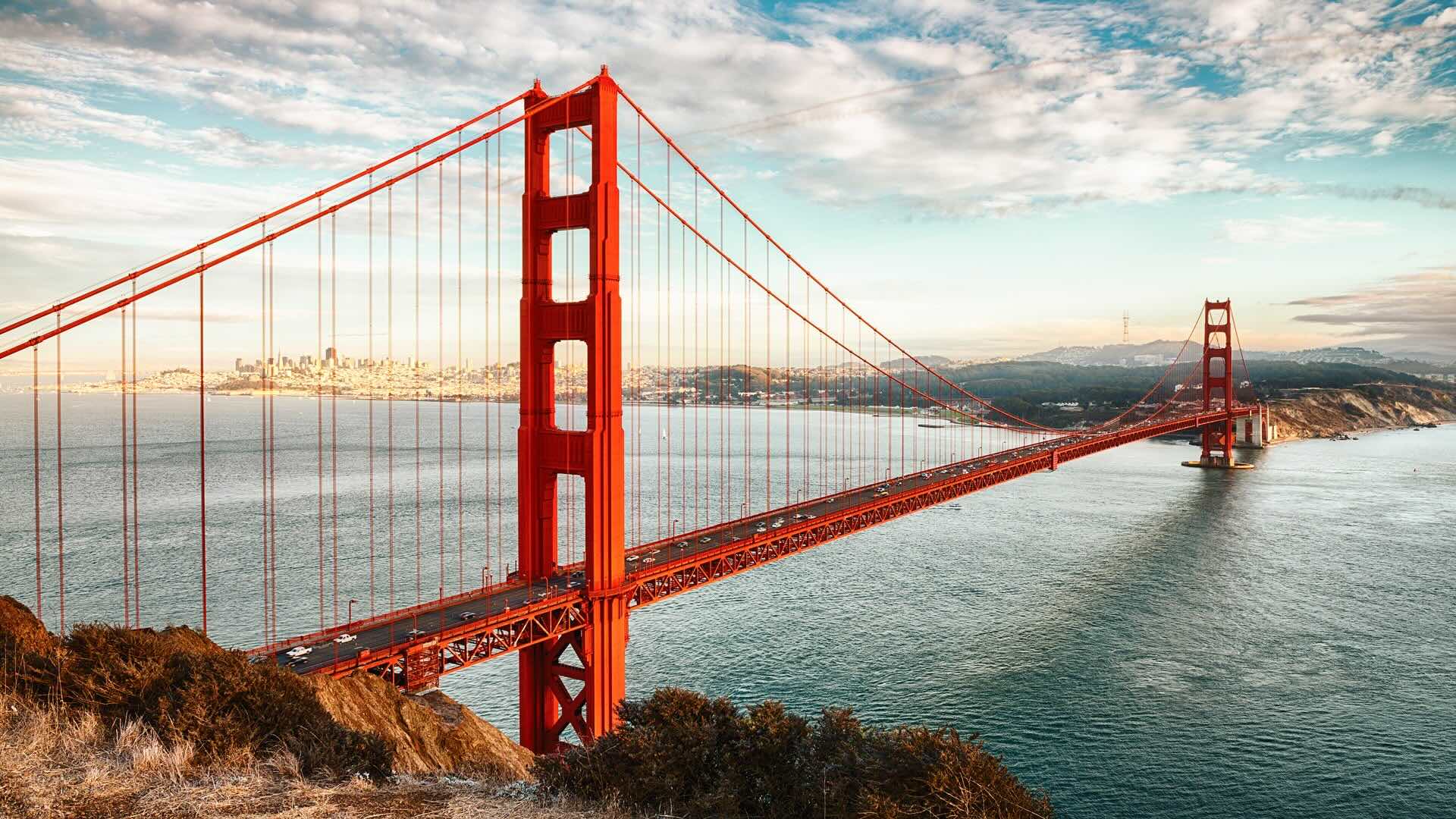

Building & Construction
What Style Of Construction Was Used To Make The Golden Gate Bridge?
Modified: January 6, 2024
Discover the building construction style behind the iconic Golden Gate Bridge, known for its unique design and engineering marvel. Explore the innovative techniques used in this architectural masterpiece.
(Many of the links in this article redirect to a specific reviewed product. Your purchase of these products through affiliate links helps to generate commission for Storables.com, at no extra cost. Learn more)
Introduction
The Golden Gate Bridge, one of the most iconic landmarks in the world, is not only a symbol of San Francisco but also a masterpiece of construction engineering. Spanning the Golden Gate Strait, the bridge connects the city of San Francisco to Marin County. With its towering orange-red towers and graceful suspension cables, the bridge has become an enduring symbol of strength and beauty.
The construction of the Golden Gate Bridge began in 1933, and it was completed and opened to the public in 1937. At the time of its construction, it was the longest suspension bridge in the world, with a main span of 4,200 feet. Today, it stands as a testament to the ingenuity and engineering prowess of the 20th century.
The purpose of this article is to explore the style of construction used to build the Golden Gate Bridge and delve into the various design considerations that shaped its final form. From the historical context to the intricate details of the construction process, we will uncover the secrets behind the bridge’s enduring strength and timeless design.
Join us on this journey as we unravel the story of this remarkable feat of engineering and delve into the complexities that went into creating this architectural marvel.
Key Takeaways:
- The Golden Gate Bridge is a stunning example of a suspension bridge, showcasing the marriage of engineering prowess and artistic vision to create a timeless symbol of strength and beauty.
- The construction of the Golden Gate Bridge overcame formidable challenges, blending form and function to produce a masterpiece that continues to inspire and captivate audiences worldwide.
Historical Context
To understand the historical context of the construction of the Golden Gate Bridge, we must first delve into the challenges that led to its inception. In the early 20th century, the growth of San Francisco had significantly outpaced its transportation infrastructure. As a result, traveling between the city and the neighboring communities across the Golden Gate Strait proved to be a daunting task.
Various proposals were made to address this issue, ranging from a tunnel to a bridge. However, the treacherous waters, strong tides, and frequent fog presented tremendous obstacles to any potential construction. It was not until the 1920s that visionary engineer Joseph Strauss championed the idea of a suspension bridge to span the Golden Gate Strait.
The project faced significant opposition, with critics arguing that the bridge would mar the natural beauty of the area. However, with the potential economic benefits and the pressing need for improved transport infrastructure, the idea gained traction.
In 1930, the Golden Gate Bridge and Highway District was established to oversee the planning and construction of the bridge. A design competition was held, and the winning design, created by architect Irving Morrow and engineer Charles Ellis, married functionality with aesthetic appeal.
With the design finalized and financial support secured through the sale of bonds, construction on the Golden Gate Bridge began in 1933. The project employed thousands of workers, providing jobs during the Great Depression and helping to alleviate the economic crisis in the region. The construction process itself was a monumental challenge, with workers contending with strong ocean currents, dense fog, high winds, and sheer terrain.
Despite these obstacles, the construction of the Golden Gate Bridge remained on schedule and was completed in 1937, opening to the public on May 27th of that year. The bridge quickly became an iconic symbol of San Francisco and an engineering marvel admired by people from around the world.
Today, the Golden Gate Bridge stands as a testament to the vision, ingenuity, and perseverance of the individuals involved in its construction. Its historical significance extends beyond being a transportation infrastructure project, as it represents the triumph of human innovation over nature’s formidable challenges.
Design and Construction Process
The design and construction process of the Golden Gate Bridge was a remarkable undertaking, combining engineering expertise, innovative techniques, and artistic considerations. The goal was not only to create a functional, safe bridge but also to produce a structure of stunning beauty that would enhance the surrounding landscape.
The chosen design for the Golden Gate Bridge was a suspension bridge, known for its ability to span long distances and withstand the forces of nature. However, building a suspension bridge across the Golden Gate Strait presented unique challenges due to the unpredictable wind patterns, strong ocean currents, and frequent presence of fog.
The construction process began with the careful selection of materials. Engineers opted for high tensile steel for the cables and towers to withstand the corrosive marine environment and the extreme loads the bridge would face. The construction crew was also equipped with advanced safety gear to protect them during the hazardous building process.
The formidable task of constructing the bridge’s foundation and anchorage involved drilling into the bedrock of the strait. Immense concrete piers were constructed to anchor the bridge and provide a stable foundation. Each pier was designed to resist the forces exerted by the strong tides and currents, ensuring the bridge’s stability.
The next stage involved the construction of the towering steel towers, which would support the main suspension cables. These towers, standing at a height of 746 feet, were designed to withstand high wind forces and provide the necessary support for the bridge’s weight. They were erected using a combination of steel and rivets, a common construction method of the time.
The main cables, with a total length of over 7,650 feet, were then installed. These cables were constructed from thousands of high tensile steel wires, tightly wound together to form a single massive cable. This process required careful coordination and meticulous attention to detail to ensure the stability and strength of the bridge.
Once the main cables were in place, the suspension cables were hung between the towers, forming the framework for the bridge. The roadway and deck were then constructed, providing the surface for vehicles and pedestrians to traverse.
Throughout the construction process, the artistic and aesthetic aspects of the bridge were not overlooked. The distinctive orange-red color of the bridge was carefully chosen to stand out in the surrounding landscape and provide a sense of vibrancy. The design also incorporated Art Deco elements, such as the ornate railing details and the piercing rays on the towers, adding to the bridge’s visual appeal.
Overall, the design and construction process of the Golden Gate Bridge were a testament to human ingenuity and engineering excellence. The combination of functionality, strength, and aesthetic beauty has made it a true icon, beloved by locals and visitors alike.
Suspension Bridge Design
The Golden Gate Bridge is a classic example of a suspension bridge design. Suspension bridges are characterized by their ability to span long distances while utilizing strong cables and towers to support the weight of the bridge deck.
The primary components of a suspension bridge are the main cables, towers, suspension cables, and the roadway deck. The main cables, made of high tensile steel, bear the majority of the bridge’s weight and are responsible for distributing the loads to the supporting towers.
The towers of the Golden Gate Bridge, standing tall at 746 feet, serve as the vertical supports for the bridge. They are designed to withstand the vertical and horizontal forces exerted on the structure, including the weight of the bridge and the tension of the cables.
The suspension cables, also made of high tensile steel, are hung between the towers and support the deck. These cables are comprised of thousands of individual wires that are tightly wound together to form a single, strong cable. The tension in these cables counteracts the weight of the bridge, providing stability and distributing the load evenly across the towers.
The roadway deck, where vehicles and pedestrians travel, is suspended from the main cables by vertical suspender cables. These vertical cables are attached to the main cables at regular intervals and support the deck while allowing for flexibility and movement.
One of the challenges in designing a suspension bridge is accounting for the dynamic forces it will face over its lifespan. The Golden Gate Bridge had to be able to withstand high winds, earthquake tremors, and the constant movement caused by traffic and environmental factors.
To address these challenges, the designers incorporated various engineering techniques. The bridge’s flexibility allows it to absorb and dissipate the energy created by wind and seismic forces. The design also includes a damping system that helps reduce the bridge’s movement during high winds or earthquakes.
Overall, the suspension bridge design of the Golden Gate Bridge allows for a lightweight and elegant structure that can span long distances while withstanding the various forces it encounters. It is a testament to the engineering ingenuity and innovation that went into its construction, making it both a feat of strength and a stunning work of art.
Foundation and Anchorage
The foundation and anchorage system of the Golden Gate Bridge played a crucial role in providing the stability and strength necessary to support the immense weight and forces exerted on the structure. Given the challenging conditions of the Golden Gate Strait, the construction crew had to employ innovative techniques to ensure a solid and secure foundation.
The foundation of the bridge consisted of massive concrete piers, also known as caissons, that were built directly into the bedrock of the strait. To construct these piers, steel cylinders were first sunk into the water and then filled with concrete. The weight of the concrete helped the caissons to sink further into the bedrock, creating a stable and secure foundation for the bridge.
The process of constructing the foundation was not without its challenges. Workers had to deal with strong ocean currents, which made it difficult to position the caissons accurately. They utilized steam-powered derricks and special equipment to maneuver and lower the caissons into place.
Once the caissons were securely in place, the next step was to excavate the mud and sediment from inside them to create space for the concrete. Workers used pneumatic chisels and dredging equipment to remove the material and create a solid base for the piers.
As the caissons were filled with concrete, careful consideration was given to their design and shape. Their streamlined form helped mitigate the effects of powerful ocean currents, reducing drag and ensuring the stability of the piers.
The anchorage system, essential for distributing the forces applied by the suspension cables, was another crucial component of the bridge’s foundation. Steel anchorages, consisting of large steel blocks embedded in concrete, were built on land at the ends of the bridge to anchor the cables.
The anchorages were connected to the suspension cables through massive steel eyebars and anchor chains, providing a secure connection between the cables and the land. The tension in the cables was transferred to the anchorages, distributing the weight and forces evenly, and preventing excessive stress on the towers.
The foundation and anchorage systems of the Golden Gate Bridge were engineering marvels in their own right, designed to withstand the formidable forces of nature and provide the necessary stability for the structure. The innovative techniques used in the construction of the foundation ensured that the bridge would stand strong and securely anchor the immense weight and load of the bridge, contributing to its status as an enduring symbol of strength and beauty.
The Golden Gate Bridge was constructed using the suspension bridge style, which allows for long spans and flexibility to withstand strong winds and earthquakes.
Read more: How To Make Driveway Gates
Towers and Cables
The towering steel towers of the Golden Gate Bridge, standing at a height of 746 feet, are not only impressive in their scale but also integral to the structural integrity and aesthetics of the bridge. These massive structures were designed to withstand the forces exerted by the suspension cables and provide support for the bridge deck.
The towers were constructed using a combination of structural steel and rivets. The steel framework was assembled on-site, and workers utilized rivets to join the different steel components together. Rivets were hot-driven into the steel, creating a strong and durable connection between the individual pieces.
The towers were specifically designed to resist the strong winds and forces that are prevalent in the Golden Gate area. Their streamlined shape helps minimize wind resistance, reducing the dynamic loads on the structure. Vertical and diagonal braces were strategically placed within the towers to provide additional strength and stability.
The towers also serve as the anchor points for the main suspension cables. These cables, made of high tensile steel, are the primary load-bearing elements of a suspension bridge. In the case of the Golden Gate Bridge, each main cable is comprised of thousands of individual steel wires twisted together.
The main cables are stretched between the towers and supported by the anchorages at each end of the bridge. These massive cables bear the majority of the bridge’s weight and distribute the load evenly across the towers. The tension in the cables is carefully controlled and adjusted to ensure the stability and integrity of the bridge.
To protect the main cables from corrosion and degradation, they are coated with a weather-resistant compound. This protective layer helps extend the lifespan of the cables and ensures their reliability over time.
The cables also undergo regular inspections and maintenance to identify any signs of wear or damage. These inspections involve specialized equipment and skilled workers who meticulously examine the cables, looking for any signs of fatigue, corrosion, or deformation. Regular maintenance helps to ensure the continued safety and longevity of the bridge.
The towers and cables of the Golden Gate Bridge are not only functional but also contribute to its iconic appearance. Their towering presence and distinctive silhouette have made the bridge an instantly recognizable symbol around the world.
Together, the towers and cables showcase the remarkable engineering and craftsmanship that went into the construction of the Golden Gate Bridge. They illustrate the strength and beauty of the structure, making it a true marvel of human ingenuity and a testament to the power of architectural design.
Roadway and Deck
The roadway and deck of the Golden Gate Bridge are the components that provide the surface for vehicles and pedestrians to traverse. Designed with both functionality and aesthetics in mind, they play a crucial role in ensuring a safe and enjoyable experience for users of the bridge.
The roadway, made of reinforced concrete, is supported by a series of vertical suspender cables that hang from the main suspension cables. These suspender cables are attached to the roadway deck at regular intervals, providing support while allowing for flexibility and movement. The spacing and arrangement of the suspender cables help distribute the weight of the bridge evenly and ensure the stability of the deck.
To accommodate both vehicular and pedestrian traffic, the bridge features separate lanes for cars and pedestrian walkways. The pedestrian walkways, located on either side of the roadway, offer breathtaking views of the surrounding area and allow visitors to experience the bridge at a leisurely pace.
Special attention was given to the design of the roadway and deck to address the challenges posed by the strong winds and potential seismic activity in the region. The bridge’s flexibility allows it to absorb the energy created by wind and seismic forces, helping to minimize the movement of the deck and enhance the safety and comfort of those using the bridge.
The deck of the Golden Gate Bridge is also carefully designed to ensure optimal driving conditions. The surface is paved with a high-friction asphalt material that provides good traction and improves the grip of vehicles, particularly during wet or slippery conditions. This helps to enhance safety and prevent accidents on the bridge.
Furthermore, safety features such as guardrails are present throughout the deck to prevent vehicles from accidentally veering off the bridge. These guardrails are constructed with durable materials and designed to withstand impacts without compromising the structural integrity of the bridge.
The roadway and deck of the Golden Gate Bridge are not only functional but also contribute to the overall visual appeal of the structure. The bold orange-red color of the bridge sets it apart and adds to its iconic status. Additionally, the ornate railing details and lighting fixtures further enhance the aesthetic beauty of the bridge, making it a beloved landmark and a popular destination for locals and tourists alike.
Overall, the roadway and deck of the Golden Gate Bridge exemplify the careful planning and engineering prowess that went into its construction. They provide a safe, reliable, and visually stunning crossing for individuals and serve as a testament to the vision and ingenuity of the designers and builders who brought this remarkable structure to life.
Art and Aesthetics
The Golden Gate Bridge is not only an engineering wonder but also a work of art that has captured the imaginations of people around the world. Its striking design and attention to aesthetic details have contributed to its status as an iconic landmark of San Francisco.
One of the most distinctive aspects of the bridge is its vibrant orange-red color. The color, officially known as “International Orange,” was carefully chosen to complement the natural surroundings and provide high visibility in the foggy conditions often experienced in the area. This bold color helps the bridge stand out, creating a striking contrast against the dramatic backdrop of the ocean and the city skyline.
Art Deco elements are incorporated throughout the bridge’s design, adding to its visual appeal. Ornate and intricate flourishes can be seen in the railing details, lighting fixtures, and the graceful curves of the towers. These decorative elements not only enhance the bridge’s beauty but also pay homage to the Art Deco architectural style that was prominent during the bridge’s construction era.
The piercing rays on top of the towers are another notable artistic feature of the Golden Gate Bridge. These rays serve a dual purpose of adding to the visual aesthetics of the structure and providing additional support for the main cables. The delicate balance between form and function showcases the bridge’s harmonious blend of engineering and artistry.
The artistic vision extends beyond the physical structure of the bridge. The sweeping views from the Golden Gate Bridge offers breathtaking vistas of the San Francisco Bay, the Pacific Ocean, and the surrounding landscapes. These panoramic views have inspired countless artists, photographers, and filmmakers who seek to capture the bridge’s beauty from different perspectives.
The bridge also serves as a canvas for temporary art installations, light displays, and celebrations on special occasions. These creative displays add a touch of whimsy and further elevate the bridge’s status as a symbol of artistic expression and cultural celebration.
The Golden Gate Bridge’s aesthetic appeal has transcended its status as a transportation infrastructure and has become a lasting symbol of beauty and artistic ingenuity. Its graceful silhouette, vibrant color, and thoughtful design elements have made it an enduring icon, recognized and celebrated by people from all walks of life.
Overall, the art and aesthetics of the Golden Gate Bridge demonstrate the marriage of function and beauty. Its design showcases the intersection of engineering excellence and artistic innovation, creating a masterpiece that continues to inspire and captivate audiences worldwide.
Conclusion
The construction of the Golden Gate Bridge stands as a testament to human ingenuity, engineering excellence, and artistic vision. From its inception to its completion, the bridge has captured the hearts and minds of people around the world, becoming an enduring symbol of strength, innovation, and beauty.
The historical context of the bridge’s construction reveals the pressing need for improved transportation infrastructure in the growing city of San Francisco. Overcoming numerous obstacles and facing opposition, the visionaries behind the bridge persevered, recognizing the economic and cultural significance it would bring to the region.
The design and construction process of the Golden Gate Bridge exemplify the marriage of form and function. The suspension bridge design, with its strong towers and cables, allowed for the spanning of the challenging Golden Gate Strait. The careful consideration given to materials, techniques, and aesthetics resulted in a remarkable structure that embodies both strength and elegance.
The foundation and anchorage of the bridge provided the necessary stability and support, while the meticulous design of the towers and cables ensured the structure’s resilience against environmental forces. The roadway and deck, designed for safety and visual appeal, offer a seamless crossing experience for both vehicles and pedestrians.
The art and aesthetics of the Golden Gate Bridge further enhance its allure. The distinctive orange-red color and Art Deco elements exemplify the bridge’s visual impact. The bridge’s captivating views and its role as a canvas for artistic expression make it a true work of art in its own right.
In conclusion, the Golden Gate Bridge is more than just a transportation link. It symbolizes the human spirit of innovation, perseverance, and creativity. As a feat of engineering, it showcases the remarkable achievements of the 20th century. As a work of art, it captivates and inspires, leaving an indelible mark on the hearts and minds of all who experience its grandeur.
The Golden Gate Bridge stands as a testament to the possibilities of human achievement, reminding us that with vision, determination, and the merging of art and science, we can create extraordinary structures that leave a lasting legacy for generations to come.
Frequently Asked Questions about What Style Of Construction Was Used To Make The Golden Gate Bridge?
Was this page helpful?
At Storables.com, we guarantee accurate and reliable information. Our content, validated by Expert Board Contributors, is crafted following stringent Editorial Policies. We're committed to providing you with well-researched, expert-backed insights for all your informational needs.


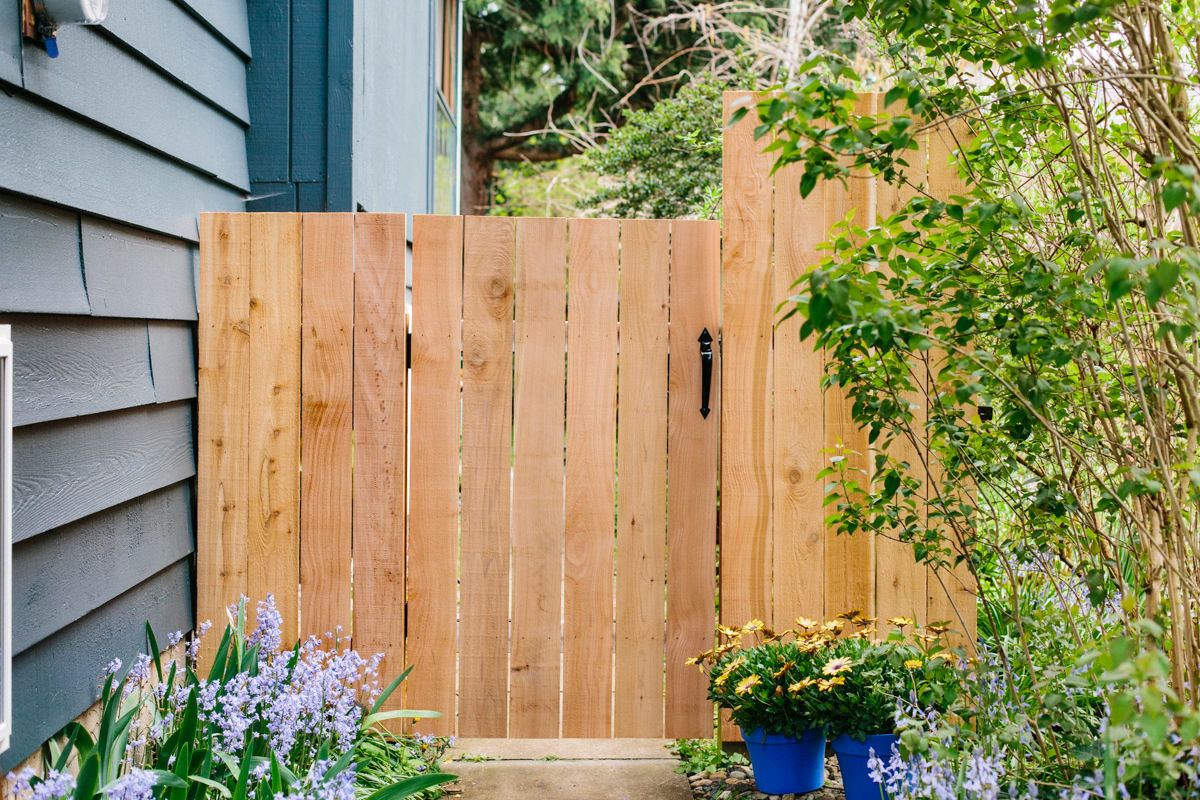
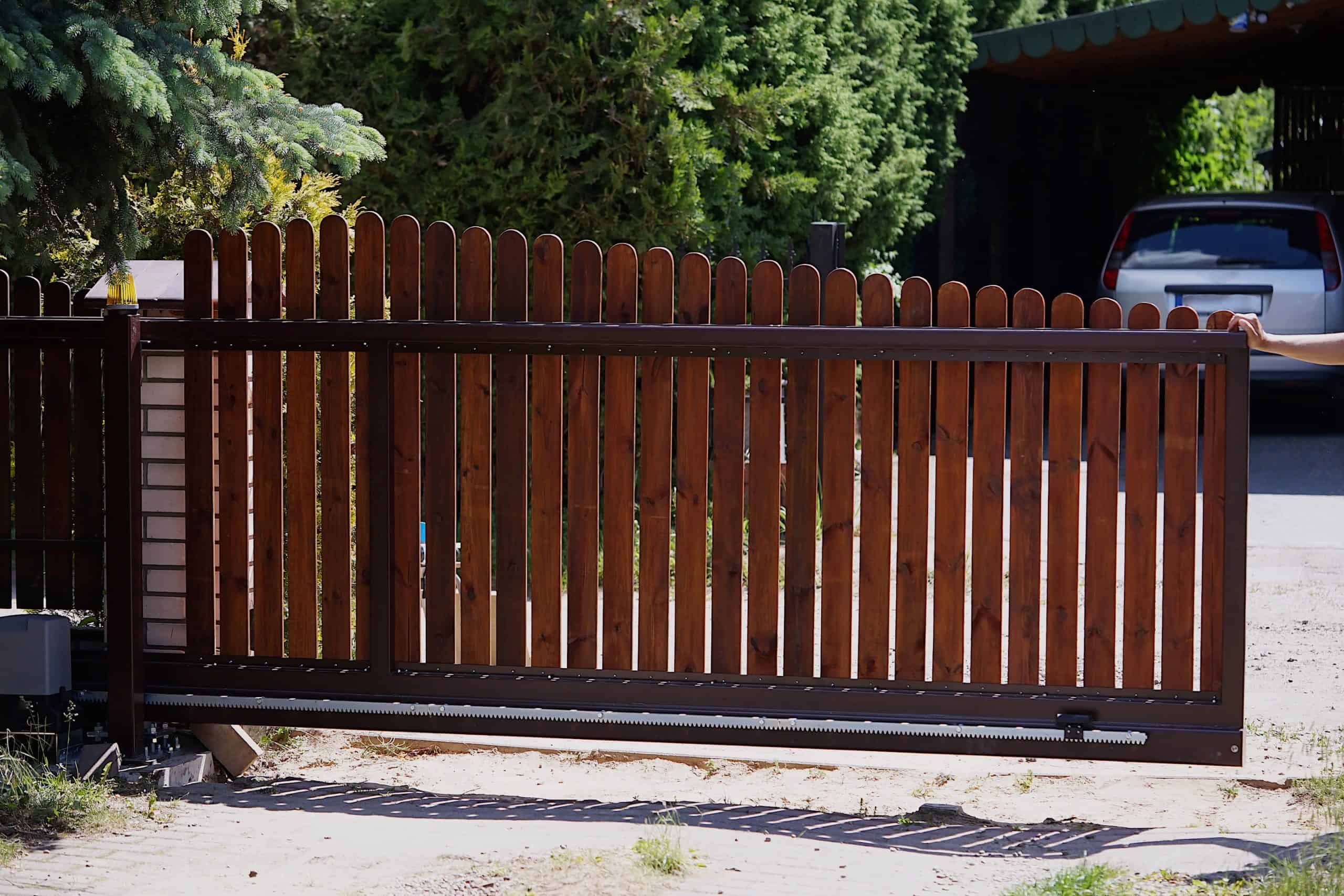
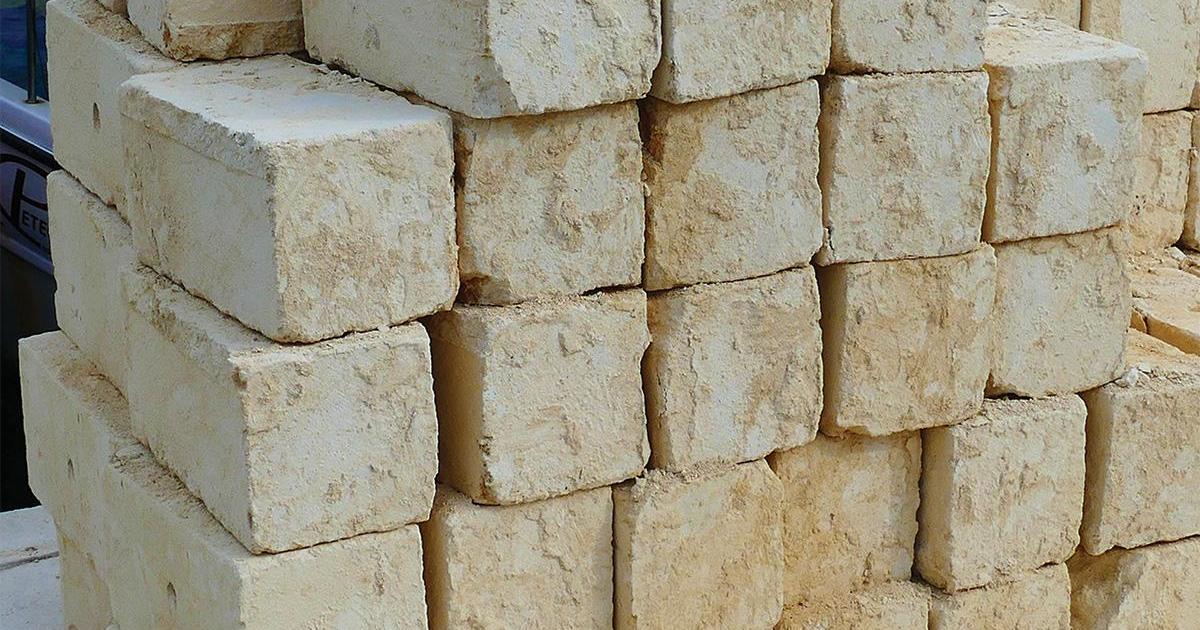
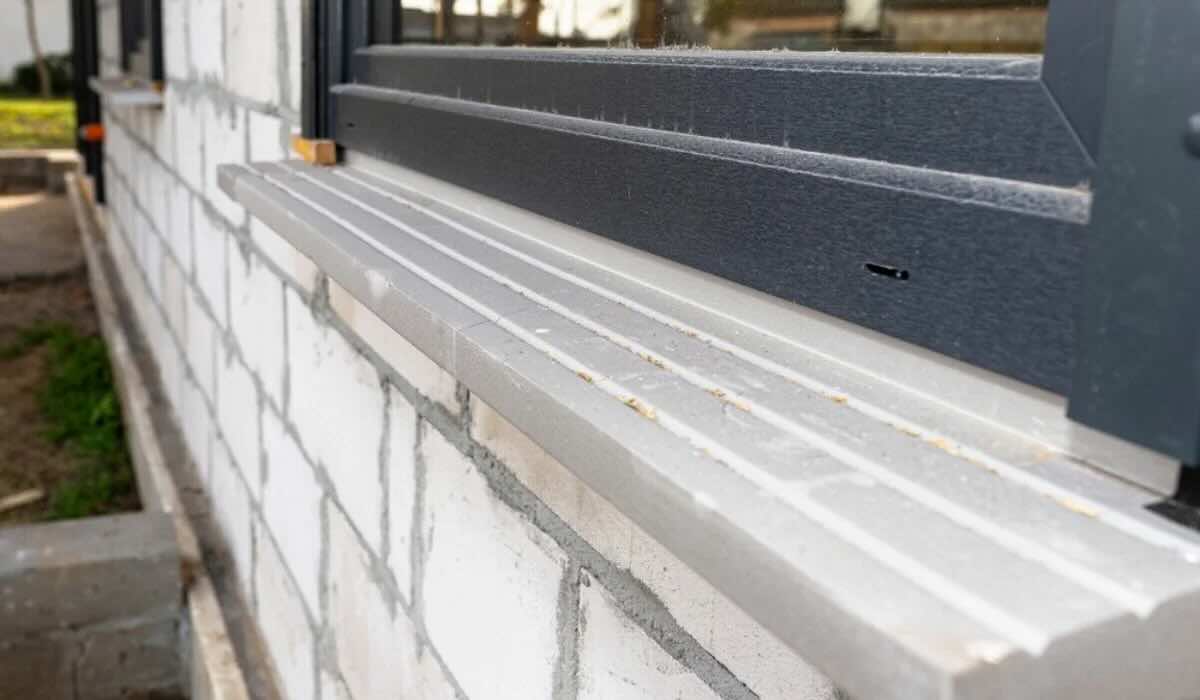
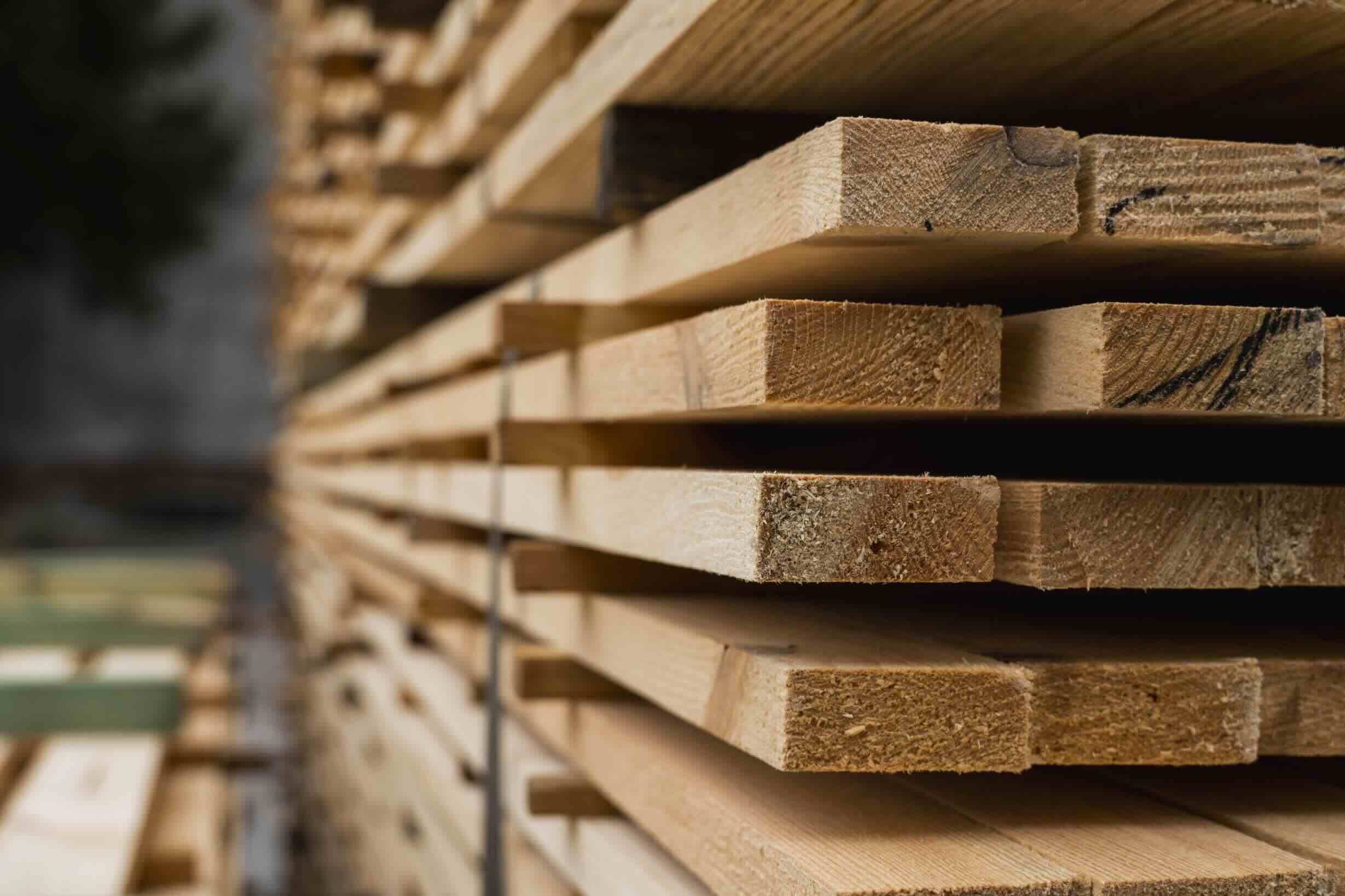
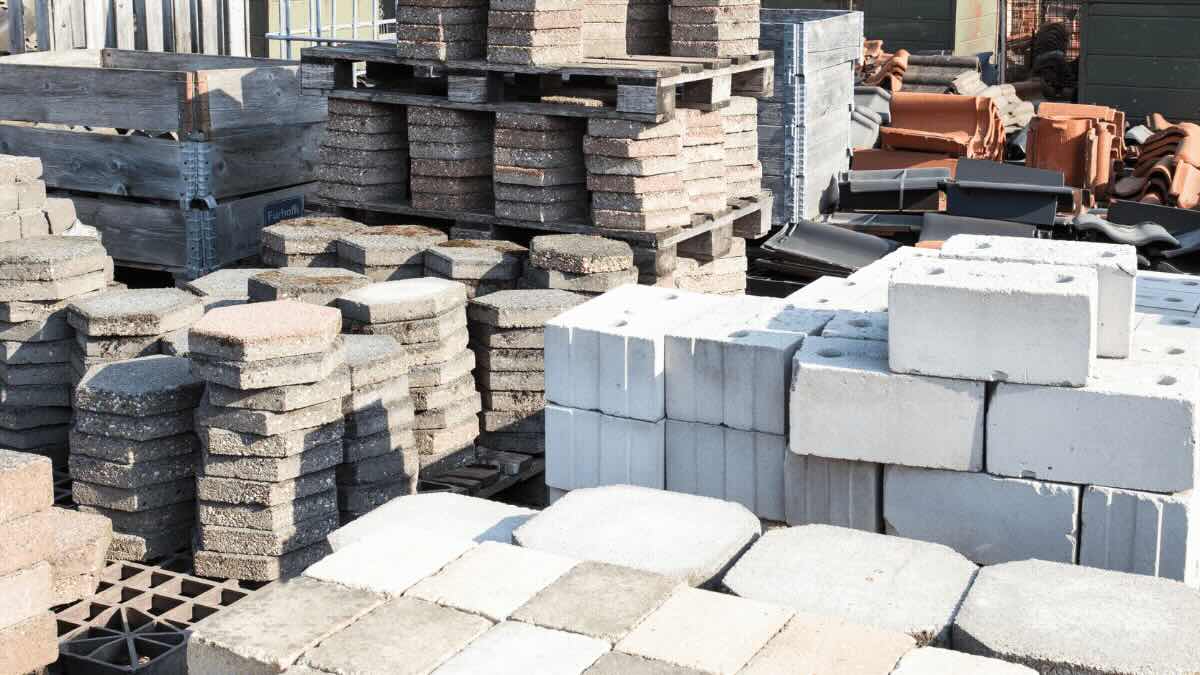

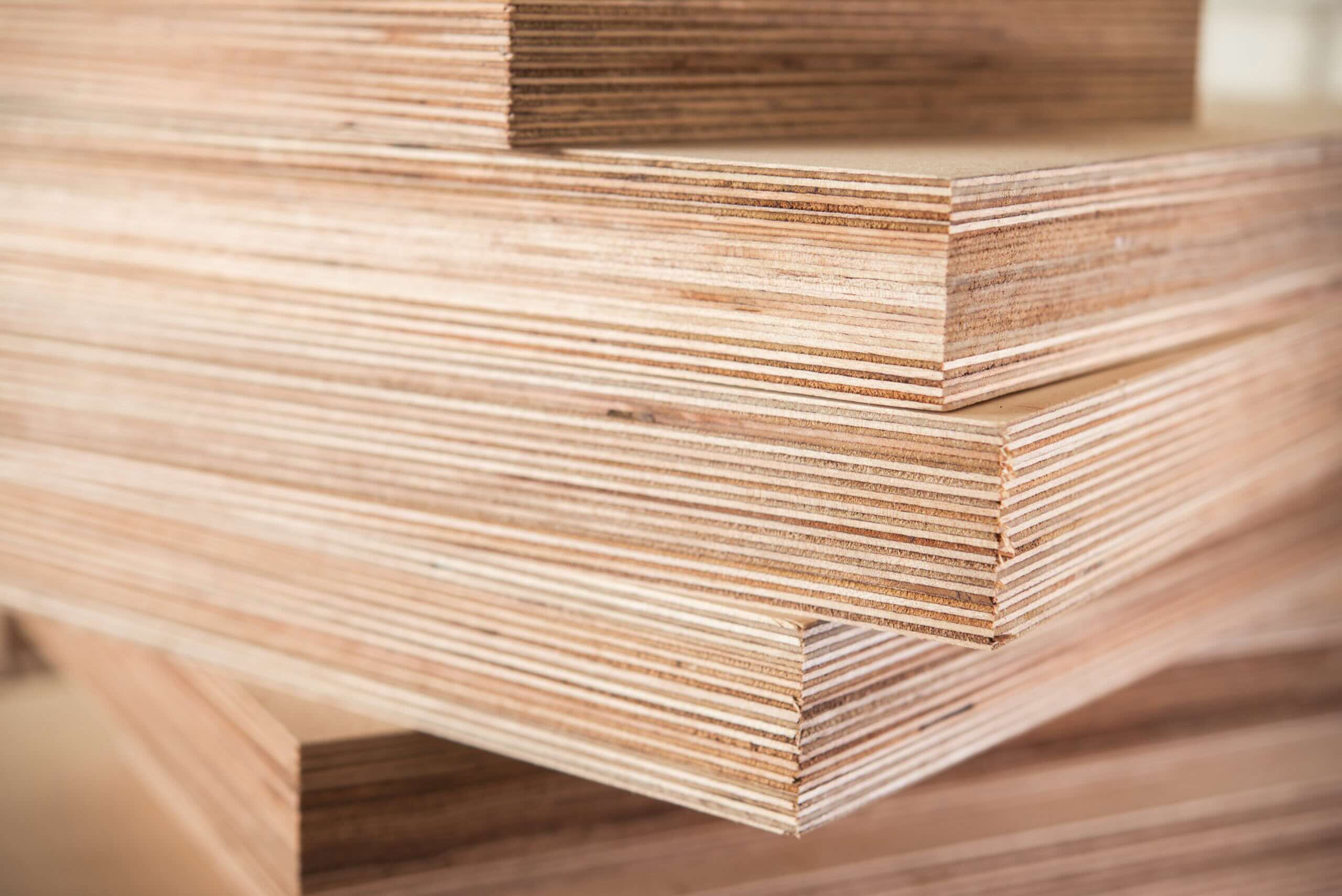
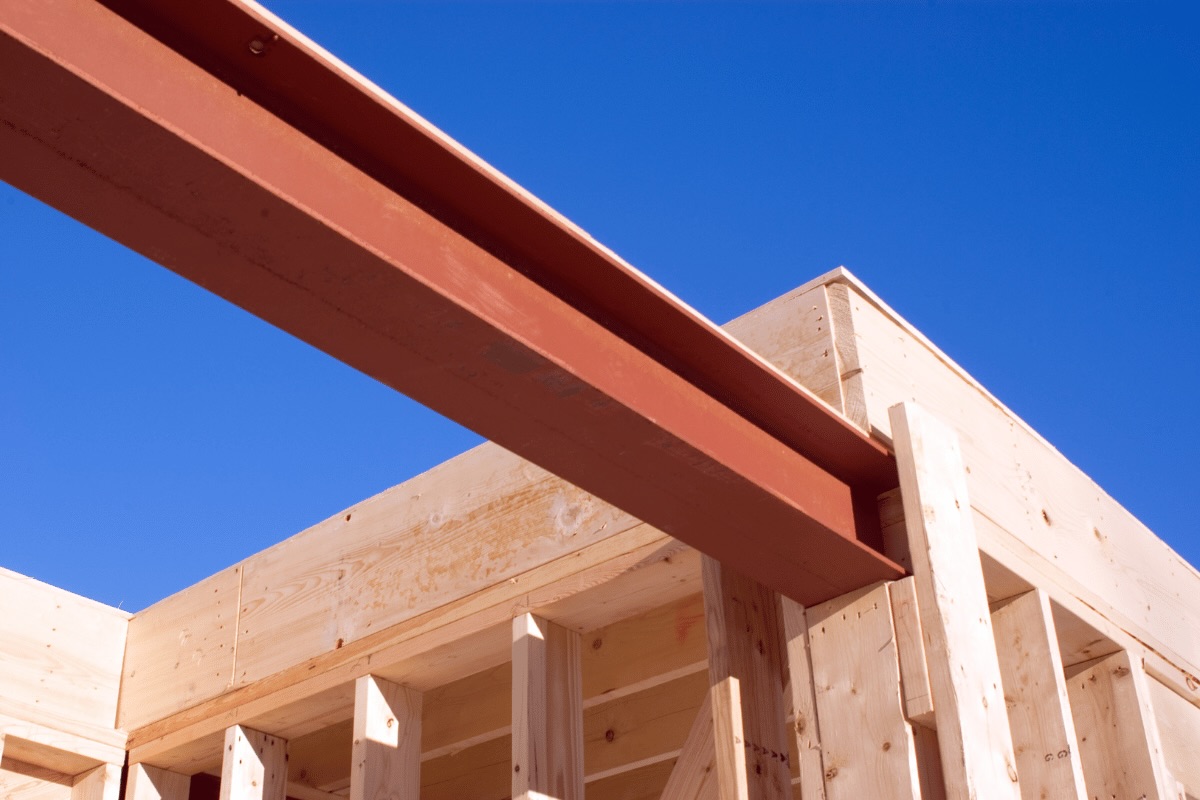
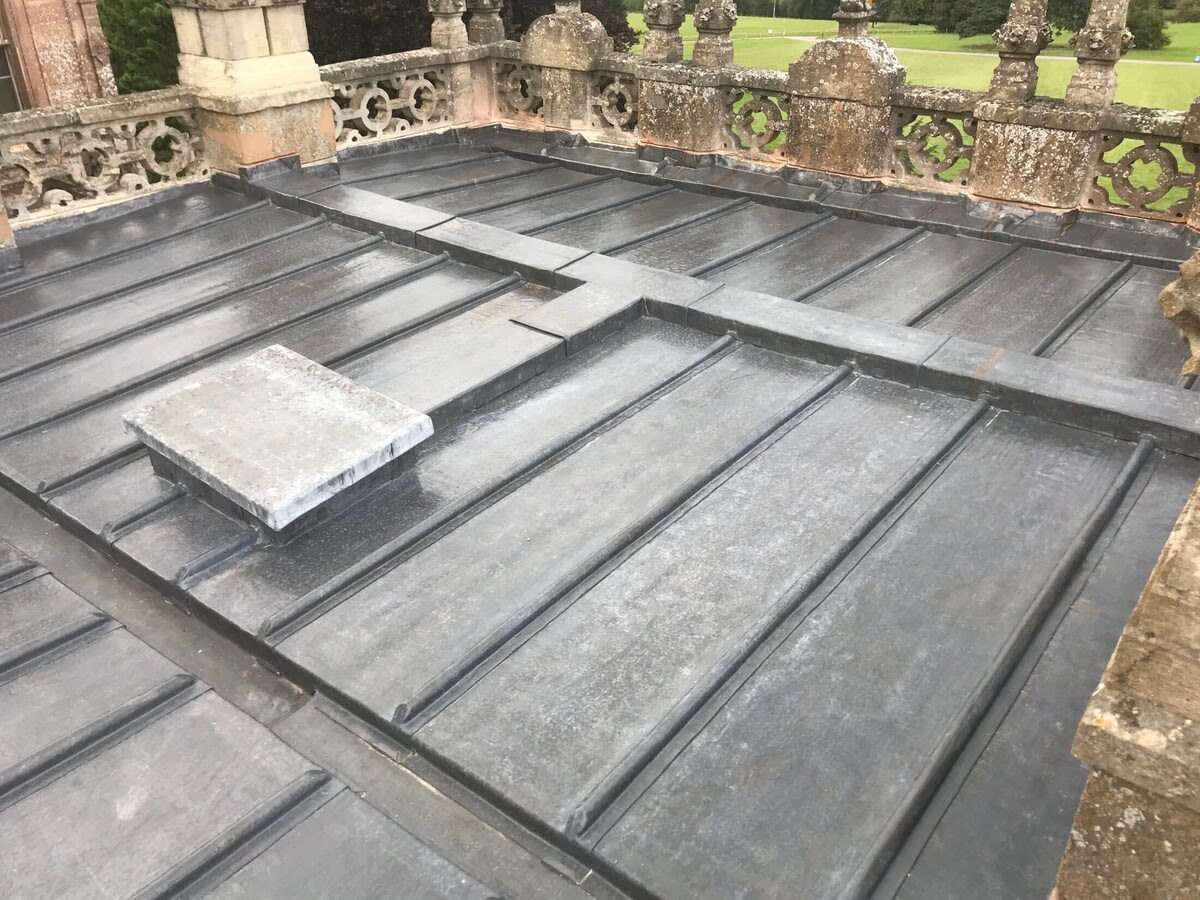
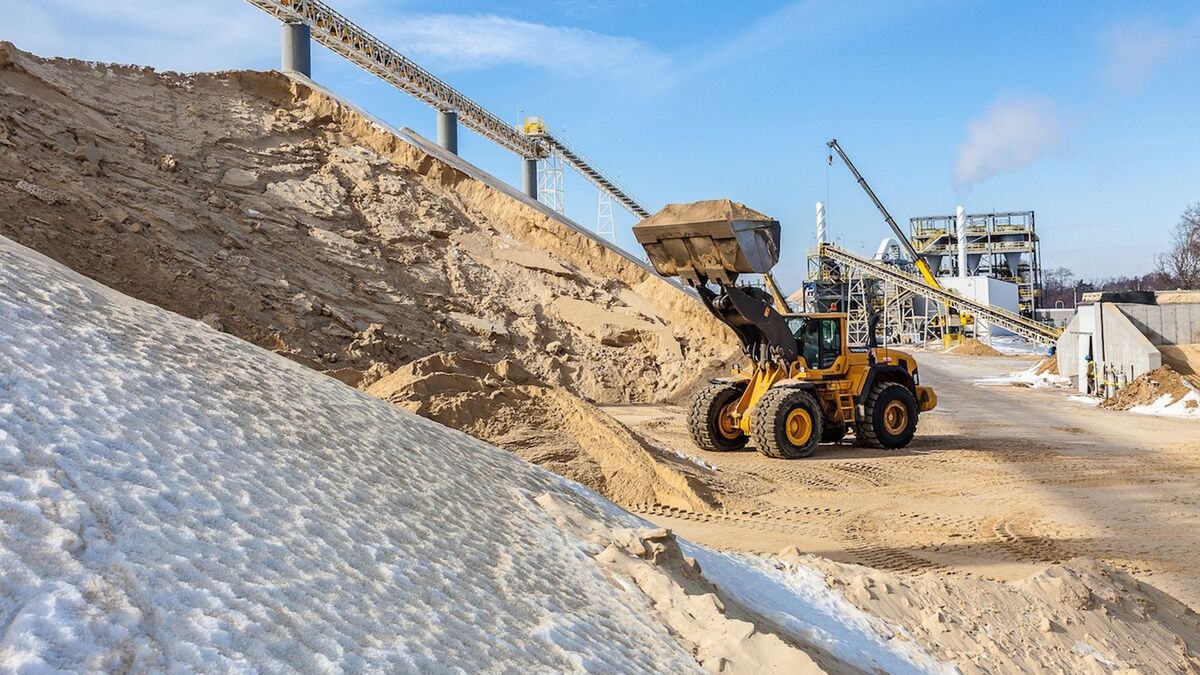


0 thoughts on “What Style Of Construction Was Used To Make The Golden Gate Bridge?”